- News
- Reviews
- Bikes
- Accessories
- Accessories - misc
- Computer mounts
- Bags
- Bar ends
- Bike bags & cases
- Bottle cages
- Bottles
- Cameras
- Car racks
- Child seats
- Computers
- Glasses
- GPS units
- Helmets
- Lights - front
- Lights - rear
- Lights - sets
- Locks
- Mirrors
- Mudguards
- Racks
- Pumps & CO2 inflators
- Puncture kits
- Reflectives
- Smart watches
- Stands and racks
- Trailers
- Clothing
- Components
- Bar tape & grips
- Bottom brackets
- Brake & gear cables
- Brake & STI levers
- Brake pads & spares
- Brakes
- Cassettes & freewheels
- Chains
- Chainsets & chainrings
- Derailleurs - front
- Derailleurs - rear
- Forks
- Gear levers & shifters
- Groupsets
- Handlebars & extensions
- Headsets
- Hubs
- Inner tubes
- Pedals
- Quick releases & skewers
- Saddles
- Seatposts
- Stems
- Wheels
- Tyres
- Health, fitness and nutrition
- Tools and workshop
- Miscellaneous
- Buyers Guides
- Features
- Forum
- Recommends
- Podcast
feature
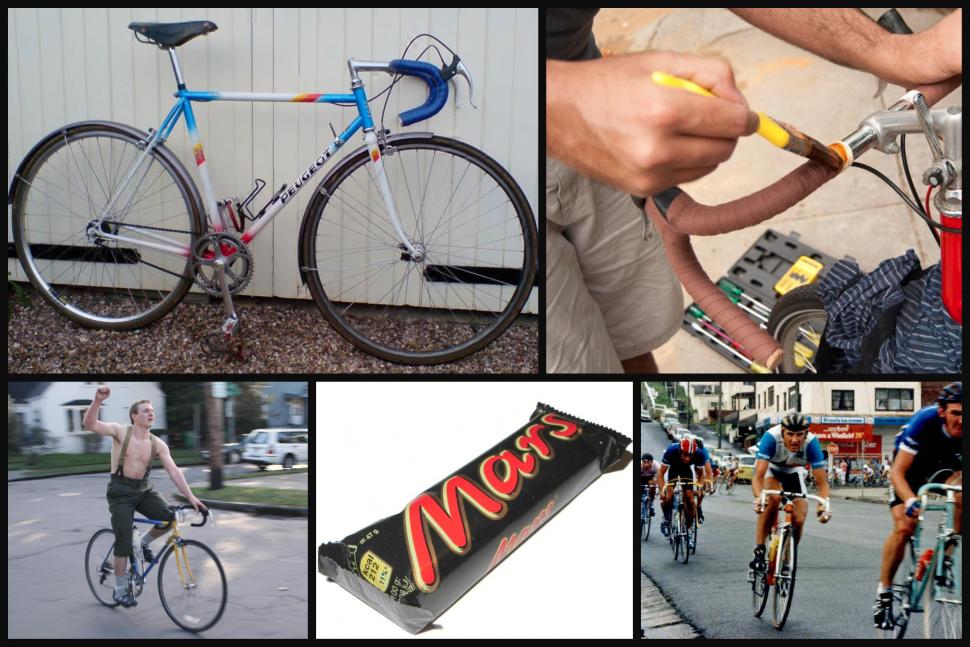 Ten cycling trends pre-1990s Dec 2022
Ten cycling trends pre-1990s Dec 2022Cycling trends and traditions that are gone but not forgotten — hark back to wool shorts, massive gears and terrible bar tape
Cycling technology and traditions seemingly stood still for decades, until mountain biking came around, forcing roadies to play catchup... and at lightning speed. Here are ten things that were commonplace in cycling pre-1990s, some of which are sadly missed, others that are certainly not...
Brake levers with exterior cables
Long before the advent of integrated braking and gear shifting levers, regular brake levers were often unwieldy horns of burden, with gangly cables leaping out of them.
These were cables that would scour away the gaps between your thumbs and fingers and leave you red-raw at times. Brutally, at other times they could even catch other riders should things get close and personal, often flipping your bars sideways and leaving you in a heap on the road.
That said, some of them – especially the high-end Campagnolo drilled-out levers – were true works of art... but even so, these are probably best kept in the distant past.
Cloth and plastic handlebar tape
Having ridden gel and padded bar tape for so long, it sends bone-bruising quivers right through my digits when I think of all those years spent riding grubby and frayed wafer-thin cloth bar tape, which served little more purpose than to add a minimal layer of grip to those classic Cinelli 65 & 66 bars of old.
When dry days came around you could even scrub it clean – well, vaguely, and some even used “pump whitener” on it, ahem.
Then, at some time during the very early 1980s came the spangly and brightly coloured Benotto bar tape. Cheap, exceptionally cheerful, totally grip-less and thin plastic – which added a dash of Italian class to what was an otherwise functional and grim cockpit area.
Along with cloth tape, this (sadly) is also probably best left to memory, although there are new packs of Benotto tape still lurking on ebay, and I do find them tempting – but my palms would never forgive me!
Nail-on cleats
There was a time when most cyclists also owned a cobbler’s last, and many of us had to use them all too frequently in order to keep our aluminium shoe plates tacked, or even screwed onto our wooden or leather cycling shoe soles.
The black classic racing shoes have inspired many recent modern-day shoes, but when it came to shoe plates and getting them 'nailed', they were a nightmare.
> When should you get new cleats
Tiny tacks and small hammers on a Saturday night were a regular occurrence, and it wasn’t unknown for these cleats to then fall off during a race or ride. I could not imagine going back to that primitive process, although a soft leather topped and holed pair of Detto Pietro shoes would still turn my head... but not my pedals.
Mars Bars
When Mars first launched their infamously sweet and teeth-rotting Mars Bar, they saw cycling as a great way to promote it, and they duly co-sponsored the all-conquering Belgian Flandria team.
1970s logic might well asses that sugar was the rocket fuel athletes needed, and for many years the often melting Mars Bar in the back pocket was indeed the bonk saviour of the era.
Mars Bars are most definitely still around, and I did take a bite down memory lane a while back, just to re-acquaint myself with the stodgy and sickly taste of my youth – and, as it should be, it was a one-off.
Frame pumps
I guess it would be fair to say that mountain biking has endangered the full-sized frame-fit pump and introduced us to the arm and wrist-wrangling evil that is the modern-day mini pump.
Although there are still premium long-frame fit pumps available, they are no longer something that is cheap or easy to find; neither do they come in countless different sizes, and of course, many modern frames have a geometry that is unfriendly to their clean fit.
At times they were cumbersome, they could fall off or fold in half, at other times they served as weapons... but I for one would welcome the return of these clattering gems of old. It's probably the only thing on this list I'd argue is better than the modern equivalent.
Big gears
It’s hard to say whether it was pure ego and machismo, whether it was a lack of common sense or the fact that lower gearing options were hard to find at the premium end of pre-millennium bikes.
Either way, when looking back it’s unimaginable just how, and why we struggled with the crippling gearing ratios of old.
Front chainrings of 42x52 teeth with a 13-18 rear screw-on 'block' were the norm. It would be fair to say that struggling up 20% gradients while weaving and cranking your knees to hell and back was not exactly healthy, and no doubt did long-term damage to many of us – both physically and psychologically.
Although in many old-school circles churning such gearing is still seen as bold, it’s truly insane to imagine going back to them, for me at least.
Hairnet helmets
There are indeed a few out there who hold a strange affection for the dreaded strap-on hairnet 'helmets' of old, and in some other sports and institutions, similar things are still worn.
When tilted slightly to one side, and with a Roger De Vlaeminck-like flare, there is a kind of retro-chic aura to them. When compared to the early dustbin lid hard helmets, I guess it’s no surprise that they lingered around way past their rational sell-by date.
> Check out the best cycling helmets 2022
However, from a practical point of view, they were of about as much use as a Barbie umbrella in a tornado. Sure, perhaps these half-inch thick foam padded and leather-wrapped strips may save the odd graze or two, but they did absolutely nothing to protect against impact and were little more than regulatory and pointless hair-flattening burdens.
Plastic rain jackets
Thin nylon rain jackets were popular during the 1970s and 80s, and although they were effective at insulating against the wind, they often did little to protect against rain and had almost no ventilation – apart from the front zip.
Well, as if they weren’t bad enough, then came the thick and clear plastic rain cape, which originated as a way for pro riders to cover up and still be able to show their sponsors' colours and race numbers off when it got seriously wet.
There is no doubt that they kept out the rain, but they were also effectively 'boil in the bag' options for cyclists, and were not even 10% as useful as the best waterproof cycling jackets of the last decade or so.
For some strange reason, these plastic horrors lasted well into the mid-2000s. If only someone had thought of printing on decent breathable rain jackets earlier, we may have been spared the simmering long before.
Woolly shorts with real chamois
They started out as one thing, but then after a few hot biological machine washes they became something completely different and diabolical – that is, the 'good' woollen shorts of old, shorts with a window cleaner’s real and thin chamois insert in.
There’s no getting away from it (as merino addicts will attest), wool against the skin has a cosy feel to it, and good chamois rubbing against your precious bits does also have a certain allure. However, when they get wet they take on this crotch-dragging and mushy hell-like feel, which does not dry out easily.
> Check out the best chamois creams 2022
Then comes the washing, and after a while they tended to shrink, often to hot pants-like shortness, and the chamois often shrank at a different rate to the wool. Plus, you were almost always left with a hard and crinkly sandpaper-like chamois cloth between your legs, which had to be massaged into a softer and rideable form.
Thank heavens for the advent of decent Lycra and synthetic inserts.
Braces
Bruised or black eyes were a regular part of the pre-bib short era of cycling, thanks to the not-so-great time when we had to use braces to hold up our shorts and tracksuit bottoms.
Beneath every retro-chic woollen jersey of old lay that elasticated and hidden secret of cycling, and I’m not talking about leg shaving... it was your dad’s braces. Braces were items of a bygone era (even back then) but were the only viable way to hold up your strides and protect your lower back gap from wind chill.
As much as they were adjustable (unlike most bibs) braces were hellishly uncomfortable, and almost inevitably they would ping open and hit you in the eye when 'fitting' them. That said, pinging and pulling someone’s braces was also great fun, or at least it was for the perpetrator...
What are your nostalgic flashbacks or nightmares? Let us know in the comments section below, and also check out our tech-focussed list of bike components from the past (and... think we forgot how bad bike lights were? We didn't, we just think that deserves its very own article!)
Latest Comments
- BBB 54 min 43 sec ago
Inhumane system that now will be getting even worse.
- Bungle_52 4 hours 18 min ago
In case anyone missed it in yesterdays blog here are the two pevious articles. The second one contains the testimony from the driver....
- David9694 4 hours 27 min ago
The old role was appointed at the Mayor's pleasure; is in addition to the permanent staff of the Combined Authority. I'm not sure if Adam was an...
- WillPage 5 hours 52 min ago
Nothing says "welcoming environment" like uniformed thugs, umm I mean "security patrols " roaming the area.
- galibiervelo 7 hours 10 min ago
That is class news. Super bikes and vision. Bet there will be no stand at the Taiwan bike show next year! Big luck to all the team
- Destroyer666 7 hours 52 min ago
Pretty clearly stated several times in the text that the issue was not related just to his son. And besides, everybody watching the races could see...
- Rendel Harris 8 hours 8 min ago
All Fizik and Selle Italia saddles (though not all their other products) are made in Italy I believe, and their 3D printed models definitely are.
- chrisonabike 8 hours 34 min ago
If you're not on the road with a car, I bet its driver is much less likely to swerve into your space *. Because you're not "in the way"! (Any...
- mdavidford 8 hours 50 min ago
The problem with this argument, though, is that it's just not true....
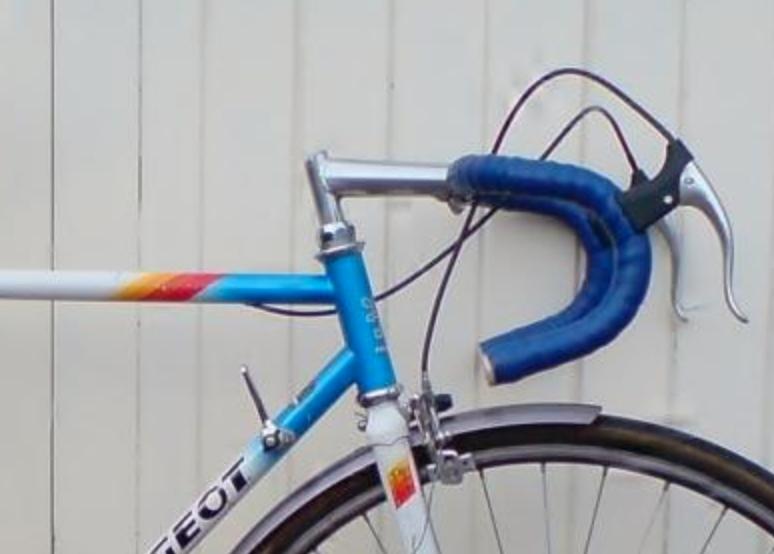


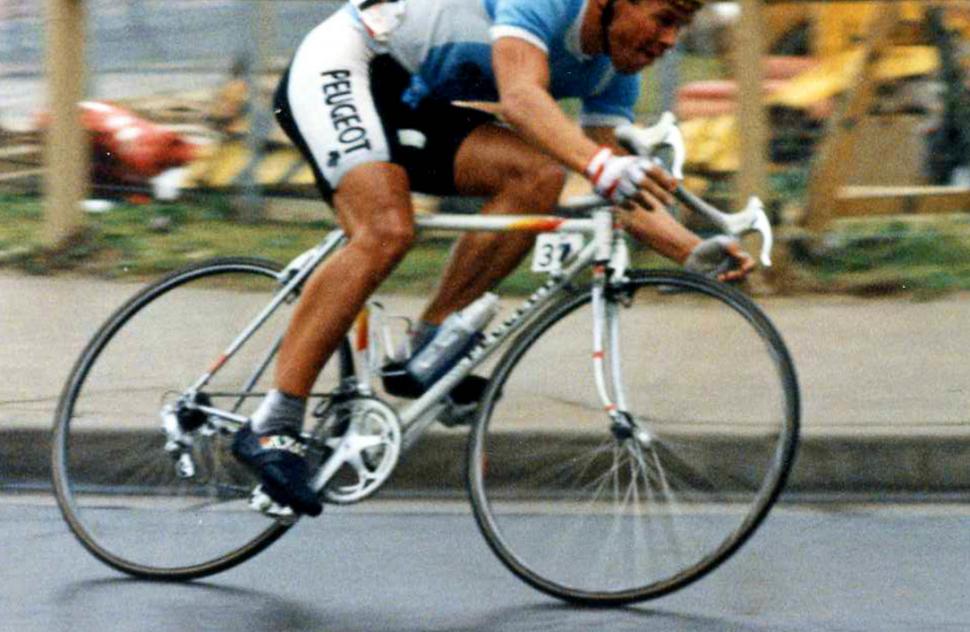


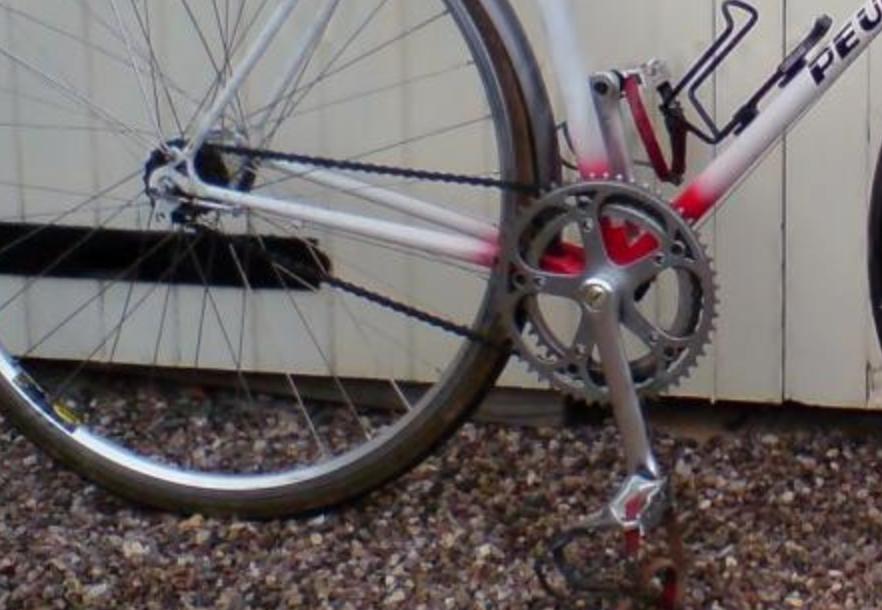

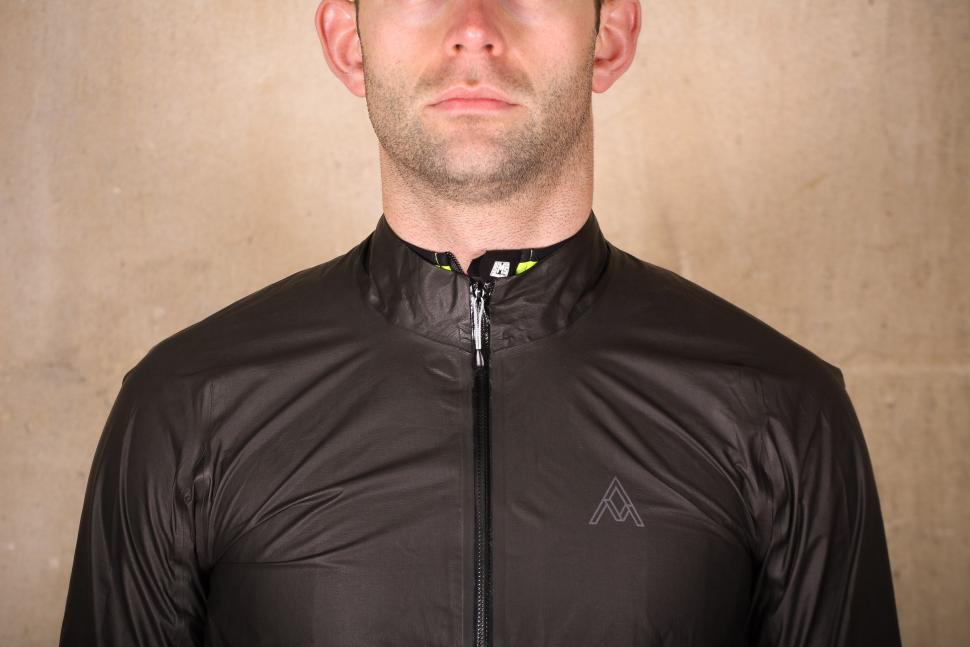
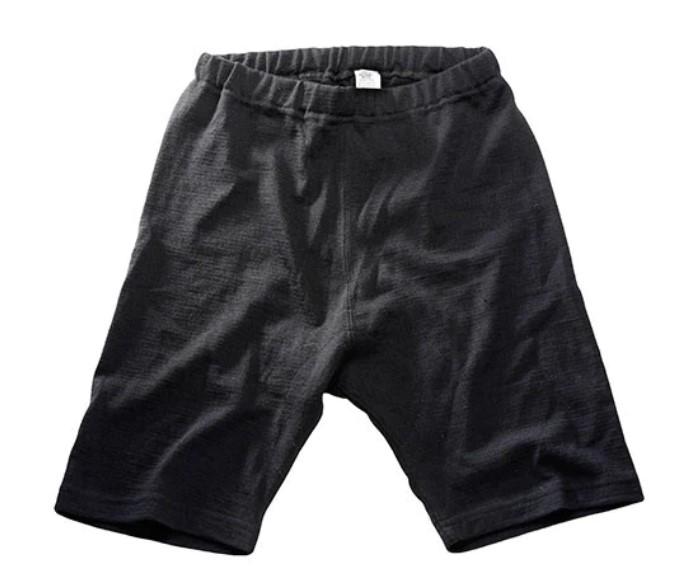
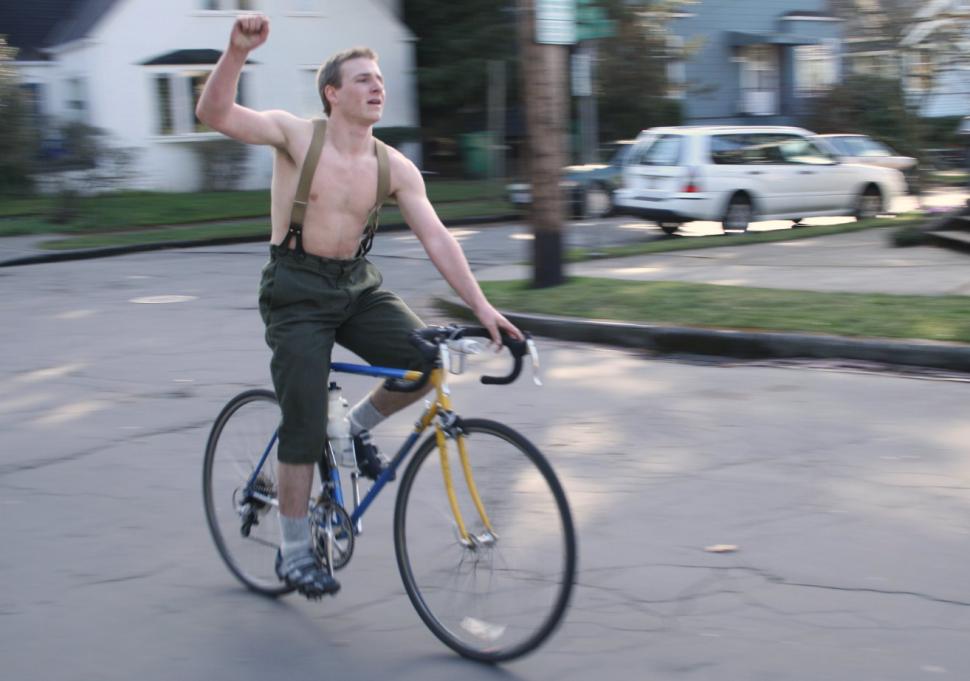
Add new comment
15 comments
Very diplomatic not to mention toeclips and straps - I have always used them, from my 70s Raleigh Super Course and Falcon San Remo up to my current Felt Broam 30. I was expecting clips and straps to be pilloried in the article. No mention of chrome, spring-steel pant clips, either?
Cheers
I've changed to shellaced cotton bar tape 6 years ago. No loss in comfort (that comes from wide tyres, a flexible steel fork and a well shaped handlebar) and I haven't had to change my bar tape since. A few brush strokes with shellac every now and then is all it takes.
SunTour offered sensible gearing from the 70s (38t biggest sprocket etc) and were very high quality. Racing influence meant that not many used them at the time but they are sought after now in certain circles.
And what, pray, is wrong with non-aero levers? I seek out Dia Compe for my builds.
Heartened by the "big" gears comments - 52/42 still seems to be a default when I'm shopping for square taper chainsets for builds.
Me and my Stronglight 48/34s: I thought I'd accidentally joined the Cyclists' Touring Club! Even with those, my top three Sprockets are relatively unused.
Your picture shows someone applying Shellac to to their ye olde standard white handlebar cloth. I tried it once - funny stuff.
My cycling career touches on most of the items mentioned here and indeed they were mostly awful. The zefal HPX was/is an excellent pump but let's face it, back in the 90s you needed it because punctures arrived with depressing frequency. I've been all in on tubeless for years and the minipump I still carry doesn't see much use. I am not nostalgic for these items.
I'm about the only rider on our bunch training rides who still has a frame pump. Almost every time someone with one of the dinky little pumps gets a puncture, they want to borrow my pump:-)
I still use braces, I don't find bibs comfortable.
They were good enough for Eddy Merckx...
A lot of things were good enough for Eddy Merckx but aren't socially acceptable today. Amphetamines for instance.
I agree with most of the above (including frame fitting pumps being much better than the modern mini pump) but I would still prefer a real chamois and some lanolin cream over today's inserts
.
Sorry, Taff - this site ain't big enough for the both of us!!
.
An area the size of Wales is swallowed up by cycle lanes every year
But if you flattened out all of the hills our surface area would be about the size of Africa. I can cover 30 miles on the road and still only be 5 miles from home as the crow flies. Flintshire? Isn't that in Englandland?😄
There isn't a better pump than a Zefal HPX. Doesn't loosen valves like a Lezyne, can hit 100psi quickly if needed and controls overly-territorial dogs without breaking.
My first two pairs of knicks were a lycra Eddy Merckx shorts with real chamois and a Vittore Gianni wool shorts with real chamois. Both were comfortable for 100+miles with braces (and chamois creme), unlike my first knicks with synthetic chamois. Modern synthetic chamois are bloody good though.
The Silca Impero is better for controlling dogs. Weighs about three times what the Zefal does and delivers a much better blow.
There's help available for people who think like that.